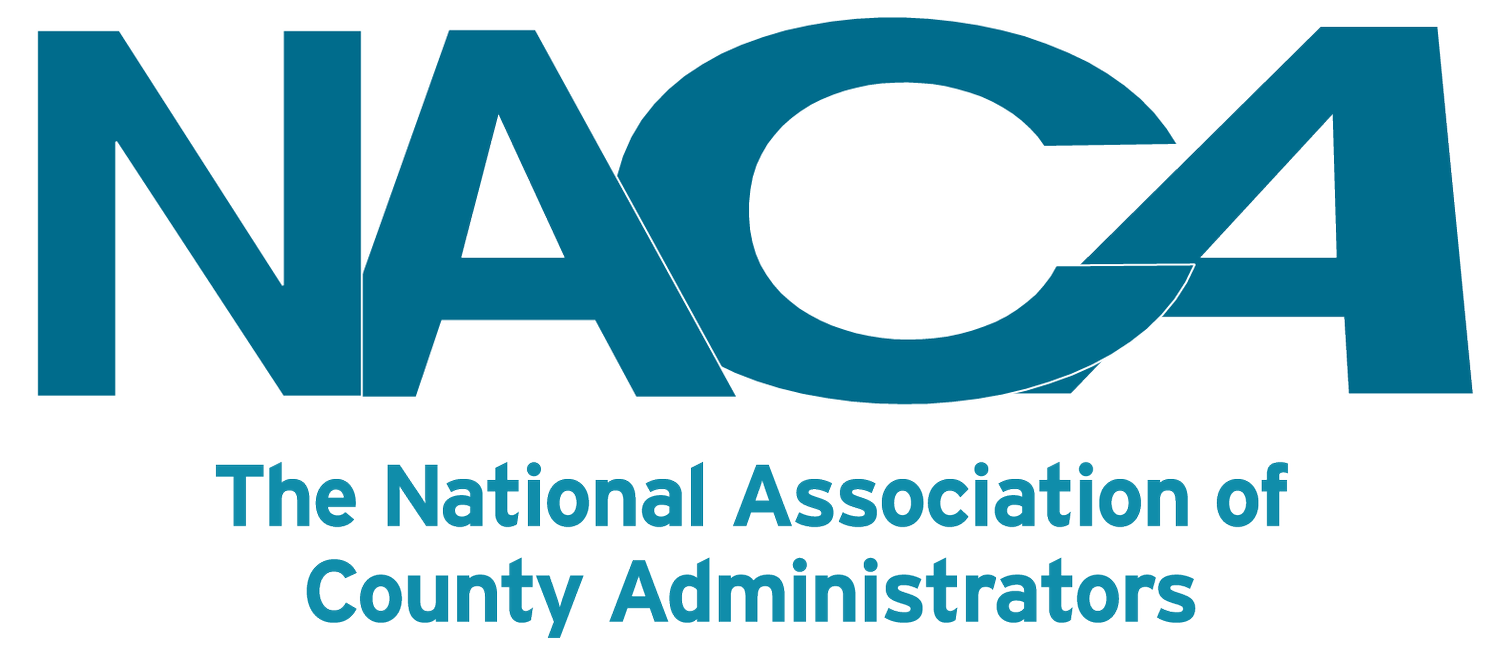Focus on Wellbeing: The upside of stress and struggle
Bridgette Gransden and Deana Schad
Got stress? Of course, you do — we all do. Stress is woven into the fabric of our everyday lives. Often, we respond by ignoring or avoiding stress, but perhaps there’s another way to look at our everyday struggles.
Our bodies are designed to experience stress and react to it. This programming was particularly useful for our caveman ancestors who were both predator and prey (stumble upon a tiger, kill or be killed). And it’s useful for us today.
We no longer find ourselves alone in the woods with a tiger and nothing but a spear to protect us, yet we are surrounded by stressors, big and small. We worry about our community’s recovery from devastating loss, if our employer or our own small business will survive, an important test coming up, or what to make for dinner.
These worries trigger the stress response in our bodies. Our hearts pound, breath accelerates, muscles tense and sweat beads on our foreheads. Chronic stress can take a physical and emotional toll on our bodies including physical pain and illness, fatigue, anxiety, and depression. Often, we try to manage chronic stress in unhealthy ways like isolating, spending too much time in front of our screens, drinking or eating too much, or using drugs.
But when channeled in a healthy way, there is an upside to stress and struggle!
Stress responses can provide opportunities for meaningful growth. A pounding heart can provide the strength necessary to have a difficult, but much-needed conversation. Accelerated breathing can deliver the energy required to make an important change. When faced head on, stress and struggle can motivate us to pay attention and create courage and confidence that leads to better decision-making.
Stressful situations can be downright difficult — sometimes so difficult it feels like the pressure may break us. It can also motivate us to study for that test, apply for that job, start our own business, or help our community rebuild.
Not all stress is bad. Good stress, often referred to by psychologists as “eustress,” is what happens when we feel excited about something. Do you remember that first date with your high school crush? Your pulse was racing and you had butterflies in your belly? Ah, yes, that was “eustress.” Being excited about life and feeling alive is often thanks to “good” stress! One of the beautiful thing about good stress is that you can be intentional with it. You can add activities to your life that make you feel happy and excited or just plain good about yourself. Have a hobby, a favored pastime, or an exercise routine that makes you breathe deep and smile? Do more of these things!
When stress hits you, pay attention to the discomfort, struggle, or excitement from stress. What is your body trying to tell you? Is there an opportunity here for you to grow? Try sitting with your discomfort, anxiety, or excitement and simply acknowledge it rather than judging it. Weigh your options and be brave.
Bridgette Gransden and Deana Schad are two of 182 local residents who have earned a certificate in the science of wellbeing. Gransden serves as Midland County Administrator/Controller. Schad serves as program director for Community Mental Health for Central Michigan. This year, the Midland Area Wellbeing Coalition continues to provide a series of monthly articles with practical ways to increase wellbeing. Visit midlandareawellbeing.org for more information.


